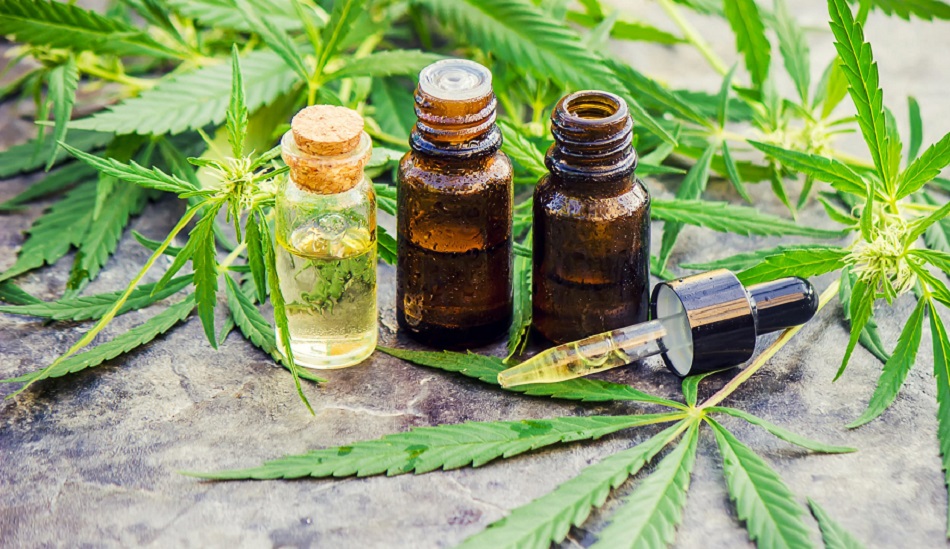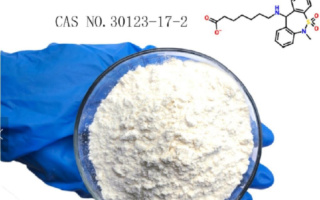CBD is one of the hundreds of chemical compounds present in cannabis plants known as cannabinoids. These compounds interact with the human endocannabinoid system to influence such functions as stress regulation, nervous system protection, and enhancing the immune system response. Unlike its mind-altering cousin, THC, CBD is does not possess psychoactive effects, meaning you will not get high from taking it.
CBD can be taken in any of the following forms:
- Lotions and creams
- Oils
- Tinctures
- Edibles
- Capsules and pills
- Vaporized CBD oil (vaping)
While CBD oil remains one of the most common forms of CBD, tinctures are beginning to gain recognition and their demand is starting to rise. You can visit Botanicam for more information about tinctures and the different forms of CBD they offer. In this article we will focus on tinctures and how it is different from CBD oil and the other CBD forms. These five facts about tinctures will help you understand the products better:
1 Tinctures are not the same as CBD oil
“Tincture” is a word used to refer to any medication made by dissolving a medicinal component in an alcohol solvent. While they are derived from hemp too, CBD tinctures are different from CBD oil both in their preparation and use.
CBD tinctures, usually liquid extracts of hemp mixed with glycerin and peppermint oil, are kept in 60-70 percent distilled alcohol. They can be taken sublingually, in the same way as CBD oil, but their potency is low, meaning you would need more of it to achieve the same results as a lower amount of CBD oil. On the upside, they have a longer shelf life and their bioavailability is higher thanks to the presence of alcohol in the tinctures.
As regards ingestion, tinctures can be mixed and taken with food, while CBD oil can be vaped. The unpleasant aftertaste of CBD oil is what makes it unsuitable to mix with food and ingest orally. Tinctures come in a variety of flavors, including chocolate, vanilla, and peach, and do not leave any unpleasant aftertaste. That being said, sublingual administration remains the quickest and most efficient way to take CBD tinctures.
2 There is no one-size-fits-all dosage of CBD tinctures
Factors that affect the tincture dosage that is best for you include weight, diet, environments, metabolism, genetics, CBD tolerance, preexisting medical conditions, and environment.
Experts recommend that you try out low doses first just to be sure your body won’t react badly to one or more of the ingredients in the tincture. Start with a single drop or two then let the CBD peak. You can wait for six hours at least before adding another couple of drops.
3 Some tinctures may contain terpenes
Compared to cannabinoids, terpenes are less known compounds produced by a variety of plants including hemp. You may have not heard of them before, but you have most likely encountered them.
In CBD oil or tinctures, terpenes come as some kind of package deal, whereby you get free terpenes for buying cannabinoids. Sometimes, the content in natural CBD is not sufficient and manufacturers have to add separately obtained terpenes.
So, what are the benefits of terpenes in CBD tincture?
The hemp plant has more than 200 different types of terpenes. When these terpenes combine with specific cannabinoids, they work in synergy to enhance therapeutic effects. Terpenes possess a unique structure that is responsible for the aroma of the tincture and that helps with the identification of the strain. Tinctures with a citrus flavor, for instance, will likely contain Limonene in its collection of terpenes.
It is worth noting that terpenes and terpenoids are not one and the same. The terms may be used interchangeably, but there is a slight difference between them. Terpenes are organic hydrocarbons while terpenoids contain additional atoms that have undergone oxidation. The oxidation happens when the cannabis is being dried, which explains why terpenoids are dry while terpenes are wet.
4 There is more than one method of extracting CBD tinctures
For most people, all products with the “CBD tincture” label on them were manufactured using alcohol extraction. That’s far from the case. The method is simply the most popular.
The typical journey of a CBD tincture from plant to finished product involves the following steps:
- The plant matter is passed through ethanol
- Extraction takes place
- Removal of plant matter follows
- Alcohol content is removed from extract
- Distillation and other optional processes are performed
- Remaining oily substance is combined with a career
CO₂ extraction is another popular extraction method used on many CBD products with the “tincture” label on them. While the word “tincture” is supposed to refer to products made by dissolving a drug in an alcoholic solvent, most products marketed as CBD tinctures are simply CBD-infused liquids that one can take sublingually or orally.
5 You can influence the effect of a CBD tincture on your body
Apparently, the effect of a CBD tincture on your body is partly down to how you take it. The general tip for efficient absorption is to place a few drops of it under your tongue and let it sip in through the mucous membrane there. However, most people can’t stand the unpleasant taste of CBD and don’t fancy letting it sit in the mouth for that long. If you are that kind of person, then consider adding the tincture to food to mask the aftertaste. This doesn’t reduce the potency of CBD but, of course, it will take longer to enter the bloodstream.
You can also mix the tincture with a liquid like tea or coffee. A tincture is already in liquid form, and adding more liquid to it will not alter its medical benefits, as long as you abide by your dosage
Conclusion
CBD tinctures may not be as popular as CBD oil but they are just as effective and they possess a higher bioavailability. If you are a consumer only getting started with these products, make sure you understand the best dosage for you and, of course, the most suitable intake method.




